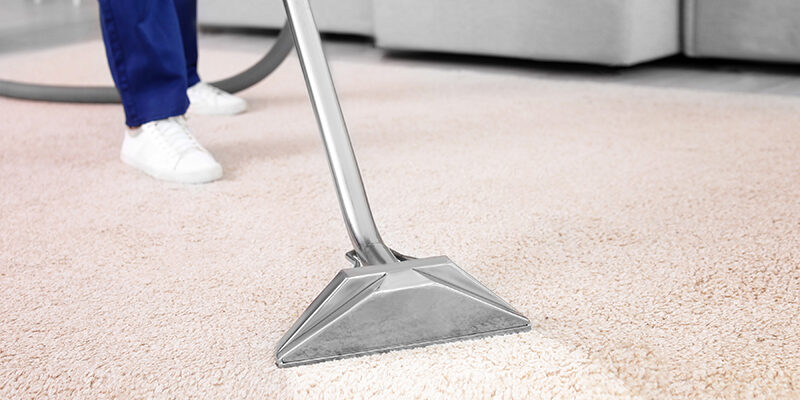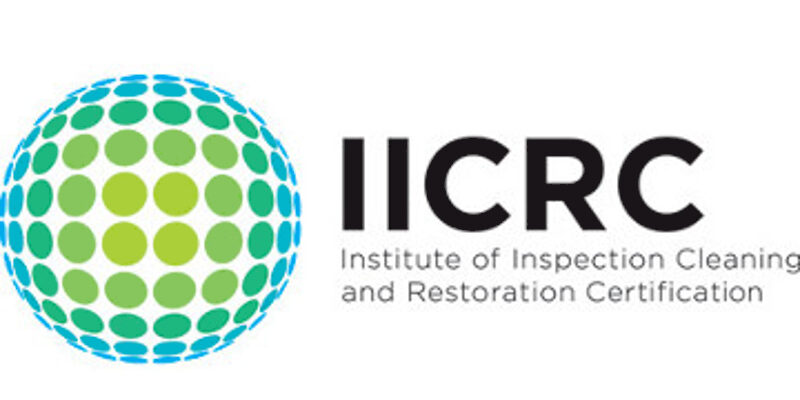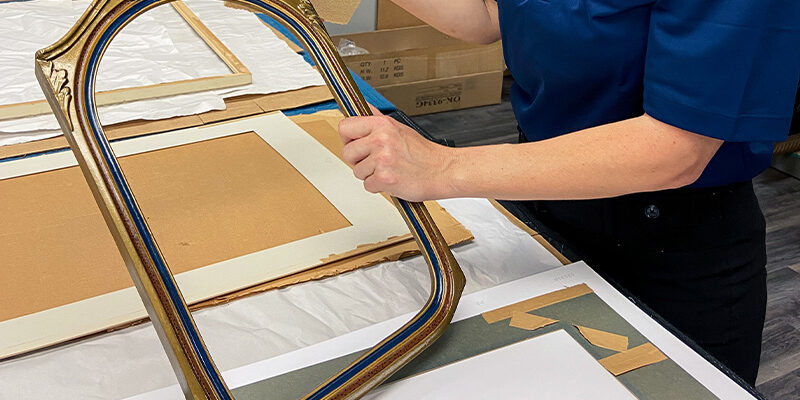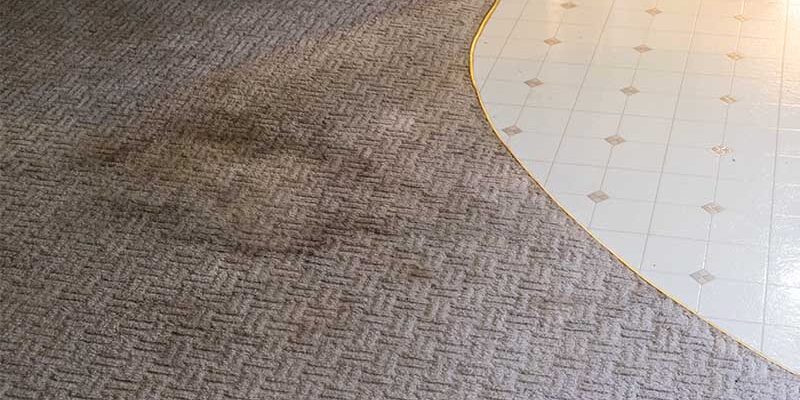The Basics of High Pressure Cleaning
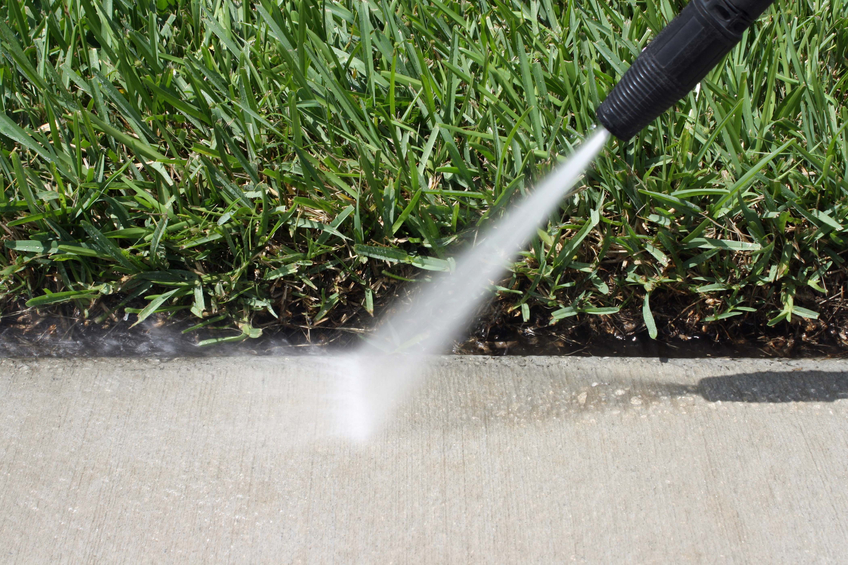
The pressure washing industry is a multi-billion dollar business, and more and more service contractors, such as carpet cleaning and restoration companies, are integrating high pressure cleaning into their businesses. From gum removal and mobile vehicle cleaning services to exterior masonry cleaning —and even trash can cleaning —these services can bring in good money.
Recently, there has been more interest in high pressure detergent recommendations, so this article will explore the science behind cleaning with high-pressure washing units.
Have you ever been out in the field with a client who is having a high-pressure cleaning issue and wondered, “Why isn’t this getting clean?” It may be because we are overlooking the science of cleaning. There is a big difference in the detergents we use in the carpet and restoration arena due to equipment and the types of soils.
While cleaning with a pressure washer, there are usually three main reasons why a surface does not get completely clean:
- The technician is using the wrong cleaning detergent
- The tech is using the right detergent, but using it incorrectly
- The tech isn’t utilizing the added cleaning power of detergent at all
In many cases, the fundamentals of cleaning, and the science behind soil bonding and detergent usage are misunderstood.
When we look at the science of cleaning, it’s best to keep things super simple. To understand the science behind high pressure cleaning, you will need to understand several key concepts:
- The four fundamentals of cleaning
- Pressure washing equipment
- The basic nature of soils
- The nature of substrates (or surfaces)
- Available water conditions
- Detergent selection
The four fundamentals of cleaning
Many in the industry are familiar with this information, but it is vital for a successful cleaning outcome.
The four fundamentals of cleaning are sometimes represented as the cleaning pie, or the CHAT. No matter what you want to call it, these are the four principles you will need to evaluate to get desired cleaning results.
One fundamental is chemical action. When detergents are added to the cleaning system they breakdown and suspend soils much more quickly than just using water alone. But the proper detergent needs to be chosen based on the type of soils, the substrate and water conditions – and the cleaning agent needs to be diluted and applied properly.
Another piece of the pie is temperature – this is the temperature of the water being used. The tech may have a pressure washer that uses hot water or cold water, and it is vital that you choose a detergent that will work at the water temperature that the cleaning technician has available.
Next we have mechanical action – in the case of high pressure cleaning, this is usually angle and impact force. Some form of mechanical action, whether it is impact force or additional scrubbing, must be used to agitate the chemical into the substrate so that it can surround all of the soil and break it down, dissolve it or suspend it so it can be rinsed away with the action of the lance.
The last piece of the pie is time. This refers to several things, but in most cases it is dwell time – the amount of time the detergent needs to be in contact with the soils so that it can do its job. Some detergents may need a specific dwell time in order to interact with the soils, emulsify or suspend them, so they are released from the substrate.
There is a very specific rule when it comes to these four fundamentals of cleaning. If you decrease one fundamental, you will need to increase one or more of the other three fundamentals. Let’s say for instance that the technician isn’t using the correct amount of chemical action – he diluted the detergent incorrectly. To properly perform cleaning he will need to either increase the mechanical action or the temperature of the water. And with the incorrect use of detergents the time to perform the project will be extended – it will take him longer to clean.
If you want to save money on productivity costs, water usage and fuel costs, use the correct detergent.
Now that we’ve covered the four fundamentals, let’s go through all the basics about high pressure cleaning.
The nature of soil in high pressure cleaning
In order to choose the proper pressure washer detergent, it is important to understand the basics of soils, or the nature of the predominant soil. For many who have been cleaning for a long time, this may seem a little simplistic, but remember that we’re trying to keep things simple.
The purpose of this generalization of soil is so that we can quickly choose the proper pressure washer cleaning detergent based on pH. It’s a great place to start for these types of detergents.
For high pressure cleaning, we are going to think of our soils in two different categories – organic soils and inorganic soils. I would not recommend this tactic for carpet or upholstery cleaning. We have much more complex soils, soil bonds and detergents formulated for those projects.
To choose the proper detergent for the job, you will need to qualify the predominant soil. This is going to give us information on how to choose the proper pressure washer detergent based on pH.
Inorganic soils include clays, mineral build-up like lime scale, calcium water deposits, sand, dust, and rock, and metallic. This also includes stains from corrosion, rust and other forms of oxidation. While some of these soils may not be soluble, we attack them with water-based cleaning agents based on pH to help remove them and place them in suspension in the cleaning phase.
Organic soils come from matter such as animal fats, excrement, blood, vegetable oils, body oils, carbohydrates, most food products, as well as bacteria, fungi and slimes.
In many cases, we may have a combination of soils – both organic and inorganic soils. If this is the case, we need to look a little deeper into the detergent formulationand base our recommendation on the formulation of the detergent – or the other ingredients in the detergent, not just the pH of the detergent.
The basic basics of pH
pH is just a part of the formulation of a detergent. There are also other cleaning agents mixed into the formula, such as surfactants to lift soils, blended solvents to break down oil and greases, chelating agents to aid in inorganic soil removal, and water conditioning agents. It involves a mix of cleaning agents, but pH is a great place to start when determining the best detergent for the high-pressure cleaning job.
Some people like to refer to pH as the cleaning strength of a detergent, and in one sense they are correct. pH helps break down soils and is a measurement of acidity and alkalinity as represented by a scale. On the pH scale, it’s not that one side of the scale is stronger than the other – it’s just that there are two different sides to the scale – two different characteristics; acid and alkaline. In most cases, if we know the type of the predominant soil, we can make detergent choice based on pH.
Here is a simple way to help you choose the correct high pressure detergent for your project:
- To remove inorganic soils, choose a detergent that is on the acidic side of the pH scale
- To remove organic soils, choose an alkaline detergent
Of course, there may be other factors that come into play for your specific project, such as factory lubricating oils, metal dust from breaks or excrement on the floor of an animal holding pen. For these projects you may wish to first choose the detergent based on pH, then look at the formulation that would best suit the cleaning project.
The pH scale
In the cleaning and restoration industry, we commonly teach that the pH scale goes from 0 to 14.
- 7.0 on the scale is considered neutral pH. Ordinarily this is the pH of distilled water.
- From 0 to less than 7.0 is the acidic side of the pH scale.
- Anything with a pH above 7.0 to 14 is considered an alkaline.
The pH scale is a logarithmic scale. This means that any jump we make away from 7.0, or neutral, the pH (or the possible cleaning strength of the detergent) gets stronger in acidity or alkalinity, depending on which side of the scale we are on.
Generally speaking, if one is working with a detergent that has a pH of 4, on the acid side of the scale, it is 1,000 times stronger than cleaning with just water, or a product with a pH of 7.0. But a detergent with 3 pH is stronger because it’s further away from 7.0, or neutral.
The same is true on the opposite side of the scale. If one is working with an alkaline detergent that has a pH of 11, it is, generally speaking, 10,000 times stronger than cleaning with just water. You can see how a detergent pH can positively affect cleaning.
I recommend that you read the manufacturer’s label for proper dilution ratios, and factor in the equipment being used so you will get the correct detergent dilution coming out of the lance.
Being a second-generation cleaning and restoration technician and with over 30 years of in-field experience, Jessika James is an instructor, corporate trainer, speaker and consultant. She has owned and operated successful disaster restoration and bio-remediation businesses in the northern California bay area. James was the Senior Training Specialist for K?§rcher, NA and Education Manager for Prochem. She is an IICRC Approved Instructor, IICRC Master Textile Cleaner, Master Water Restorer, Master Fire & Smoke Restorer, Council Certified Indoor Environmentalist, Mold Remediator and Certified Mold Professional. She also serves the industry on the Board of Directors of the IICRC. James now works with her family’s remediation business and privately as an industry inspector and consultant. She may be reached at [email protected].


